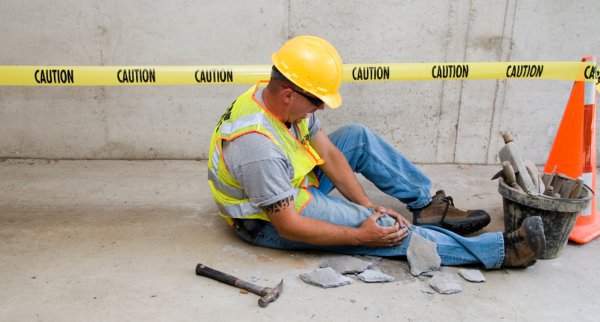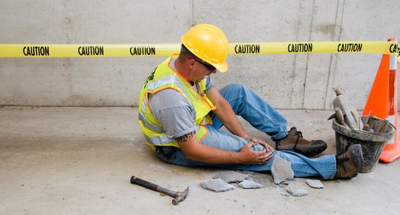 29th Sep 2016
29th Sep 2016
How Physical Therapy Can Help Workplace Injuries
Appropriate Physical Therapy Modalities for Evaluation & Treatment of Workplace Injuries
Millions of Americans suffer from non-fatal workplace injuries each year. Unfortunately, 3.3 Americans will suffer a work-place injury from which they won’t recover.

The top 10 Workplace Injuries in America are:
- Overexertion Injuries: Examples of overexertion injuries would be: pulling, pushing, holding or lifting.
- Slipping/Tripping: These injuries usually occur from trips over something on the floor or wet/slippery surfaces.
- Falling from Heights: Falls can happen in construction (from roofs or ladders) or in offices (stairwells).
- Reaction Injuries: Reaction injuries occur from the trauma of slipping or tripping but not actually falling. The reaction to “catch” oneself can cause an injury.
- Falling Objects Injuries: Head injuries are the most common injury in this category. Objects may be on shelves or dropped by a co-worker and hit someone causing injury.
- Walking into Injuries: Another common injury that is caused by not being aware of one’s environment, walking into injuries are caused by walking into things such as: tables, doors, cabinets, windows, etc.
- Vehicle Accidents: People that drive for a living or through the course of their job can be involved in vehicular accidents leading to injuries.
- Machine Entanglement: These injuries usually happen in a factory setting where workers use heavy equipment or machinery.
- Repetitive Motion Injuries: Repetitive motion injuries happen often in the office workplace where workers do a lot of typing, talking on the phone, etc.
- On the Job Violent Acts: A small percentage of injuries happen within the workplace due to arguments or incidents that lead to serious injury.
When a patient suffers from a workplace injury, it can be costly both to the patient and to the employer. The essential goal becomes returning the worker to full function so they can participate in their daily lives and livelihood. Physical therapy is a vital element in returning an injured worker back to work. Beyond being able to perform a post-injury assessment, physical therapy will create a regimen of soft tissue manipulation, therapeutic exercise and activities designed to expedite recovery.
Physical Therapy Devices & Modalities Used in Treatment of Work Injuries
- Manual Muscle Testing Devices: As part of the evaluation process and throughout treatment, practitioners may use manual muscle testing devices like handheld dynamometers in order to identify deficits as a result of workplace injury and keep track of progress throughout therapy.
- Whirlpool Therapy: Whirlpool therapy can be used to treat pain associated with workplace injuries such as: low back pain, carpal tunnel, sciatica, etc.
- Low Level Laser Therapy (LLLT): With its ability to reduce pain and inflammation while also improving soft tissue repair, LLLT is a great physical therapy modality to use to treat workplace injuries and problems associated with: carpal tunnel, lateral epicondylitis, and scar tissue.
- Continuous Passive Motion (CPM): Research has shown that CPM machines are effective in treating stiffness and increasing range of motion following an injury or surgery. (http://www.rehab.research.va.gov/jour/00/37/2/odriscoll.htm)
- Transcutaneous Electrical Nerve Stimulation (TENS) machine: Whether used in clinic or for patient’s home use, a TENS device is a great alternative for oral pain medication and can help relieve pain associated with workplace injury.
Workplace injuries cost more than just financial resources. They also carry an emotional and social cost as they impact a worker’s quality of life. Physical therapy is an essential element in the injured worker’s rehabilitation and return to everyday life and activities.





